 |
 |
 |
 |
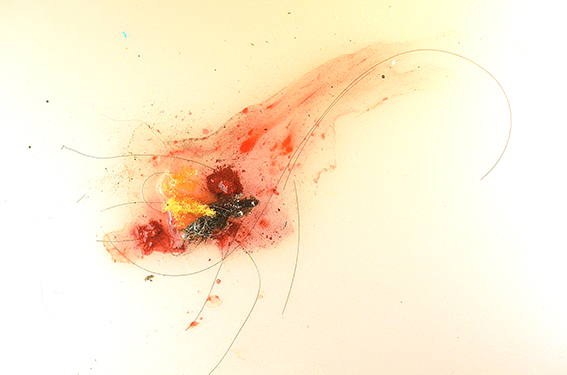
Gabriela Lobato. Enero 2012, de la serie Deshilando
Ciudad de México, 2013
Impresión digital
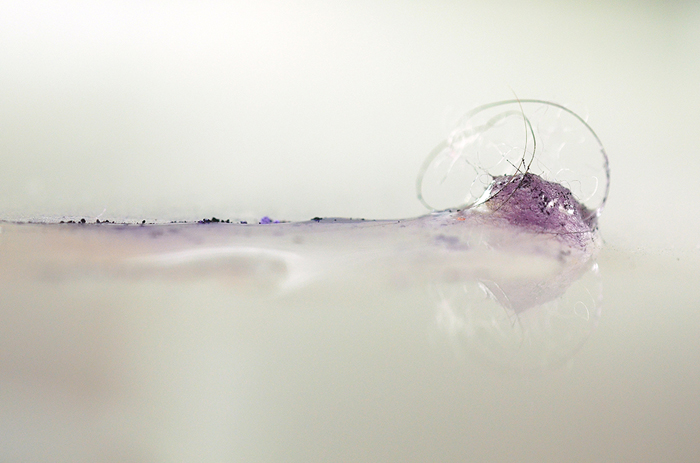
Gabriela Lobato. 1999, de la serie Deshilando
Ciudad de México, 2013
Impresión digital

Gabriela Lobato. Diciembre 2006, de la serie Deshilando
Ciudad de México, 2013
Impresión digital

Gabriela Lobato. Abril 2006, de la serie Deshilando
Ciudad de México, 2013
Impresión digital
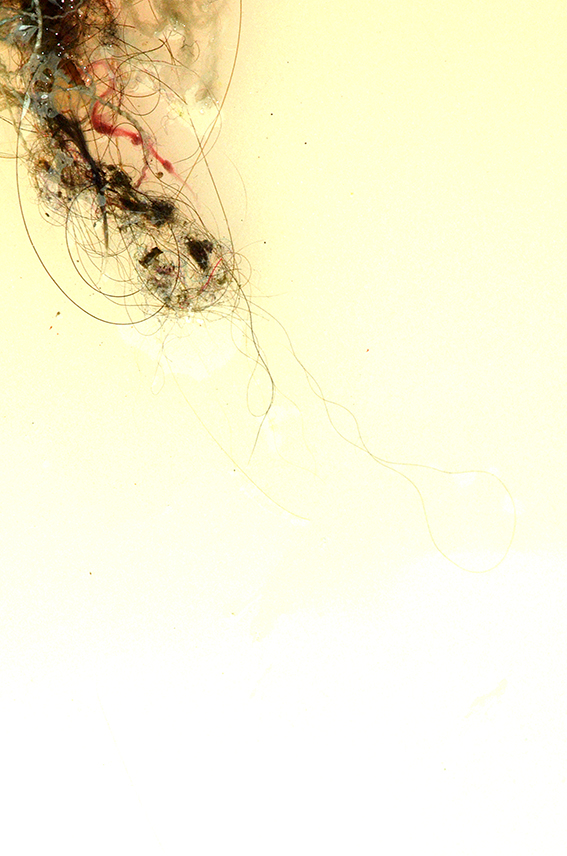
Gabriela Lobato. Confuso diciembre, de la serie Deshilando
Ciudad de México, 2013
Impresión digital
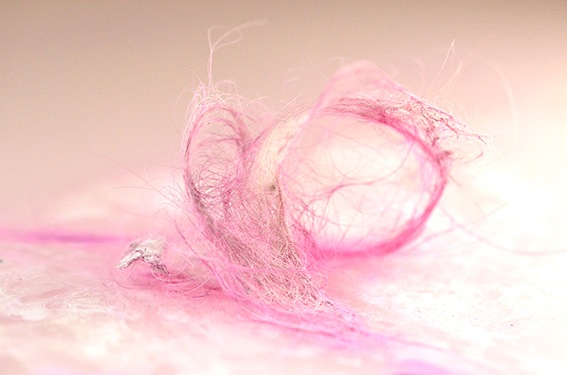
Gabriela Lobato. Septiembre 2005, de la serie Deshilando
Ciudad de México, 2013
Impresión digital
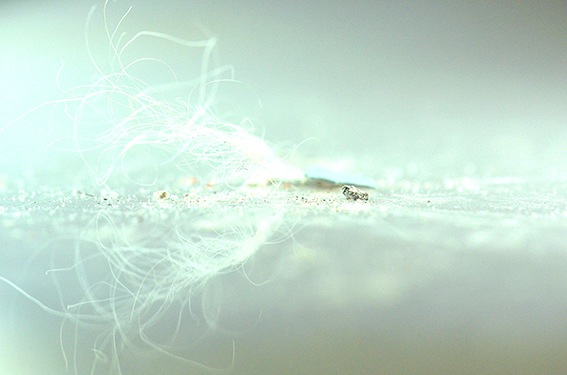
Gabriela Lobato. 1996, de la serie Deshilando
Ciudad de México, 2013
Impresión digital

Gabriela Lobato. Enero mejorando, de la serie Deshilando
Ciudad de México, 2013
Impresión digital

Gabriela Lobato. Restos de febrero, de la serie Deshilando
Ciudad de México, 2013
Impresión digital
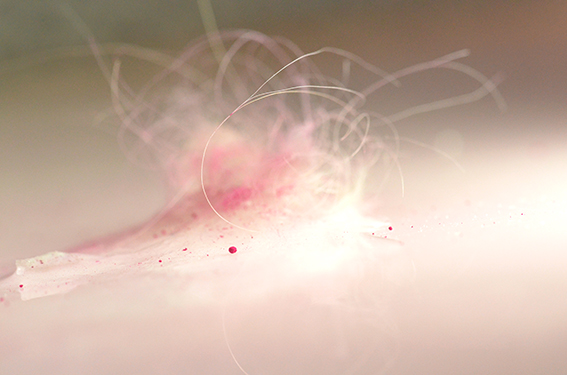
Gabriela Lobato. Febrero 2014, de la serie Deshilando
Ciudad de México, 2013
Impresión digital

Gabriela Lobato. Junio 2013, de la serie Deshilando
Ciudad de México, 2013
Impresión digital
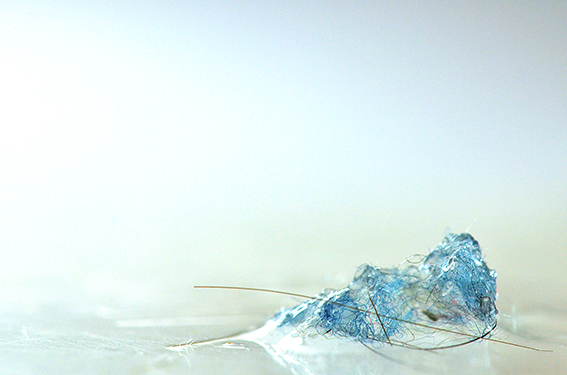
Gabriela Lobato. Julio 2013, de la serie Deshilando
Ciudad de México, 2013
Impresión digital
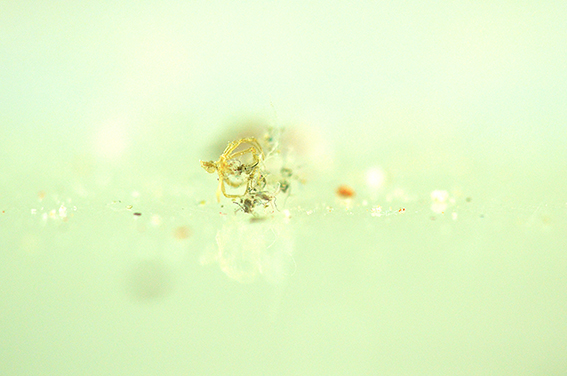
Gabriela Lobato. Mayo 2010, de la serie Deshilando
Ciudad de México, 2013
Impresión digital

Gabriela Lobato. Marzo 22, de la serie Deshilando
Ciudad de México, 2013
Impresión digital

I often hear my inner self echo in the objects that surround me, I see my fingerprints on them, intimate reflections of myself. How can an object have my memories encapsulated in it? How can it inhabit me, and how can I inhabit it?
These memories cry out and spread, echoing inside me. Objects that I have decided to unravel, take apart, undo, shred, to get to their deepest and most vivid bowels. In these objects' more organic aspects, I see an echo of my memories, of myself.
Corners of my home with endless memories that snuggle in the dust and lint, in my loved ones' hair. Memories saturated with sensations, colors, emotions that encompass my history, my essence.
I unravel them to establish a route out of the memories and the sensations they shelter. This is a ritual that can only be undertaken by means of photography, which is my language: "I speak through my photographs more intricately, more deeply than with words," said Richard Avedon.
It is a ritual of recognition and integration. My house, my family, my—subtle yet shocking—memories return and lend it meaning. I take photographs to listen, record, heal and carry on. My approach involves finding what is more personal, characteristic, original: "Look into the past to understand your own life, to make sense of its nonsense and empower its freedom," said Adriana Yáñez.
I take photographs to find things, to find myself.
The photographs sing to me, a sweet nostalgic lullaby. They also subtly attack me, reminding me that the song is over, and they face me with a sometimes hopeful, sometimes gloomy reality… they give me back the important moments, those that define me, revealing my basic essence. They seek to evoke the feelings that my memories awaken in me, spreading and echoing in the memories of other people. Evocations like those of a poem, which offer you an image that incites you to create your own with the echoes of your memories.
→ Read more
→ Bio
Mexico City, 1990. Studied visual art at the Facultad de Arte y Diseño of the UNAM. She has participated in various photography and painting workshops and seminars. Her show Superficies was presented at the Museo Arqueológico de Xochimilco. Her work has been featured in group shows such as the Corredor Cultural del Parque Peña Pobre, the Quick & Dirty project and the Book Fair of the Facultad de Contaduría of the UNAM. Her work has been published in Fahrenheit magazine's cultural supplement, which appears in the Excélsior newspaper. She has received grants from the Programa de Alta Exigencia Académica of the UNAM.